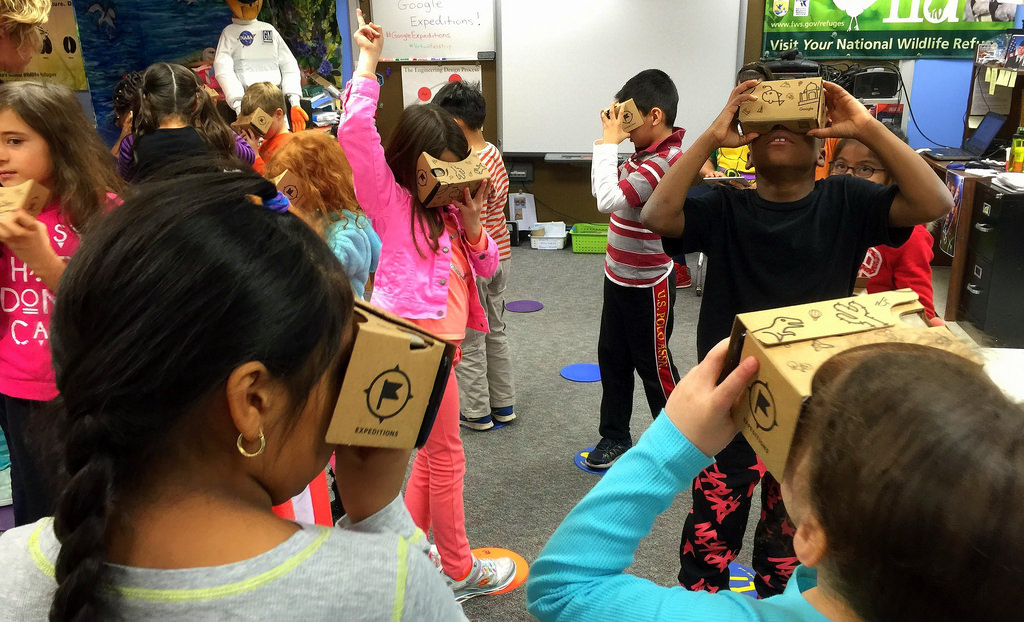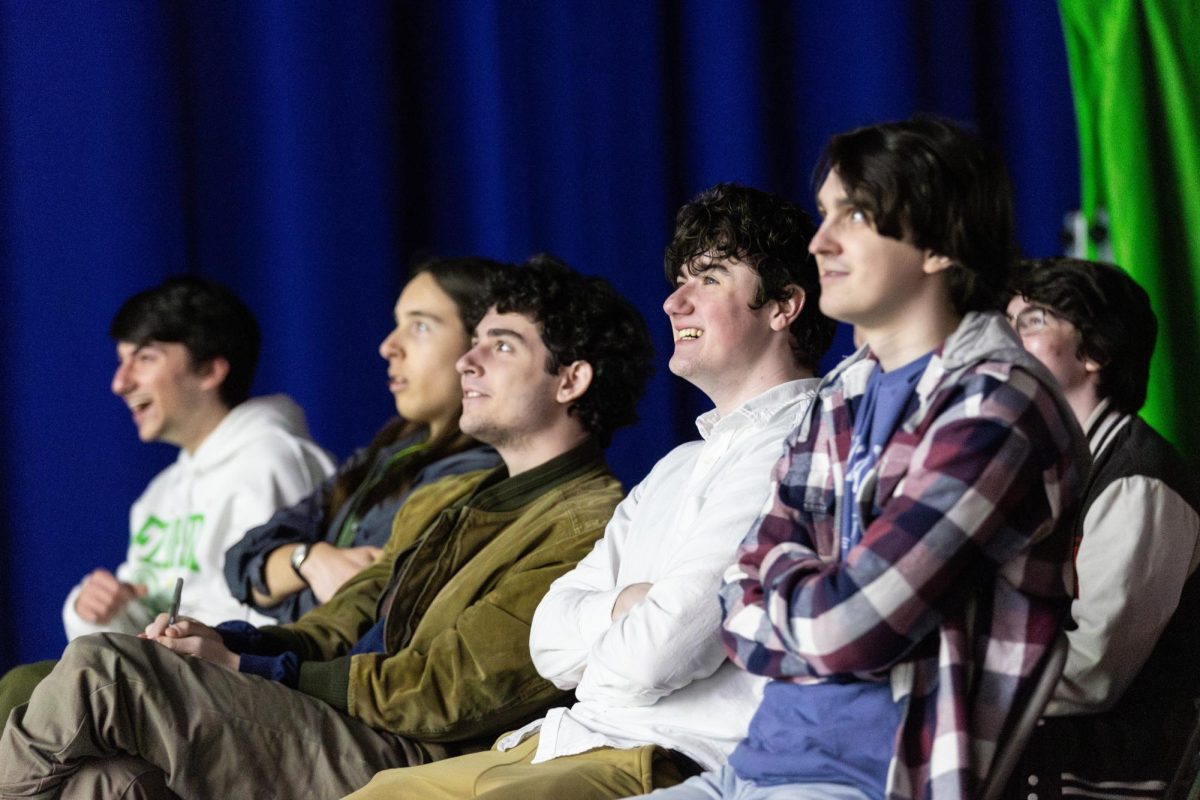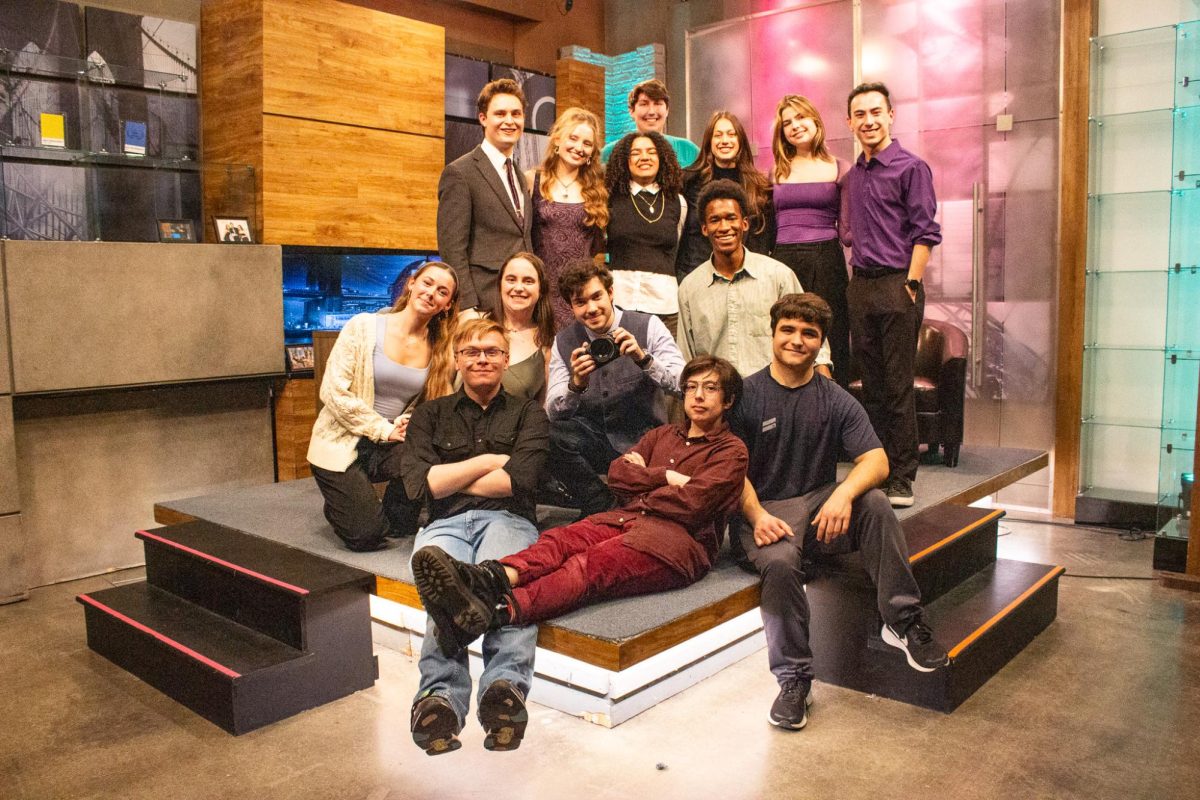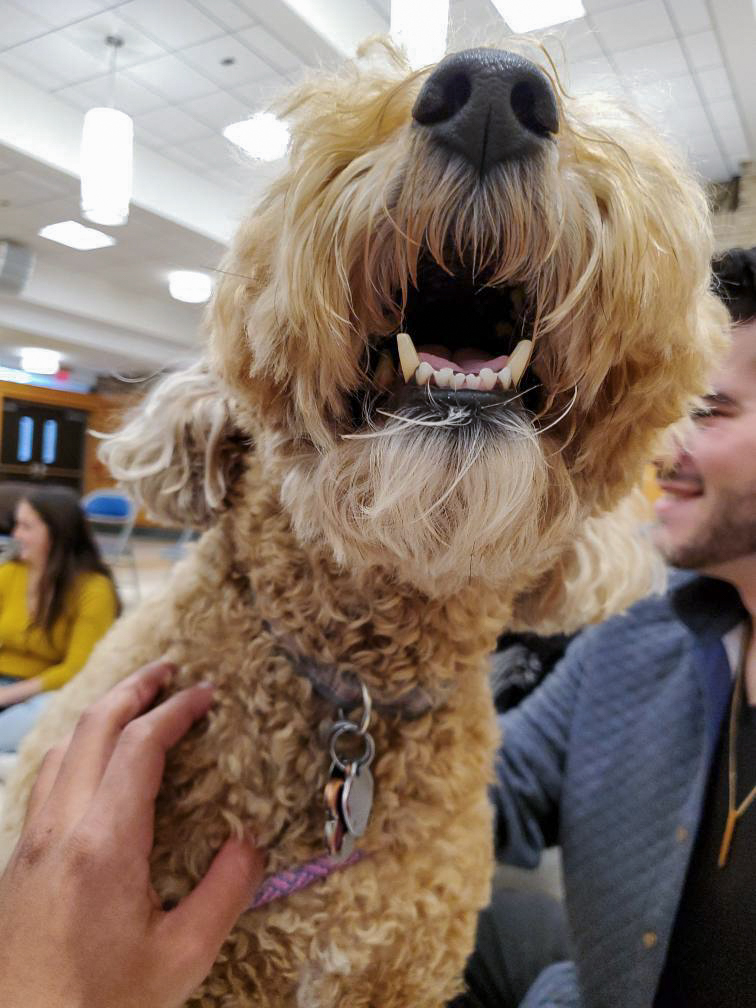Students tried out virtual reality (VR) headsets during a showcase in the ideaHub on Wednesday, Nov. 2. The event, hosted by Hofstra’s Center for Entrepreneurship, allowed students to experience the unique virtual realities of each program
Headsets on site had a wide range of prices, from the consumer-friendly Google Cardboard, to pricey, specialty headsets like the Oculus Rift and HTC Vive.
Experiences offered to students included Google Tilt Brush, a 3-D drawing space similar to Photoshop where students could print out their creations as souvenirs, Ocean Rift, a smartphone-based VR program created to give users an under-the-sea experience with animals of their choosing (e.g. sea turtles, dolphins, sharks etc.) and Lucky’s Tale, a Mario-like VR gaming experience.
Gaming enthusiasts and media-related majors alike enjoyed the different experiences represented at each station. The five headsets featured at the showcase (Google Cardboard, Samsung Gear VR, Oculus Rift and HTC Vive) demonstrated the various experiences that VR has to offer.
Sharon Goldsmith, director of operations at the Center for Entrepreneurship said, “The Center for Entrepreneurship, Continuing Education, faculty computing and student computing all got together and said we wanted to have a showcase for all the different applications of VR going on on campus … We kind of just pooled all our resources and then invited a bunch of students.”
The event sought to showcase the real world applications of VR headsets in fields like education, technology and business. Hofstra’s psychology department uses VR programs designed by Unity, a cross-platform game engine. The programs are aimed at testing participants’ responses to pain in a Candyland-esque environment. Other programs shown on the Oculus detailed the insides of blood vessels with clear applications for healthcare education.
Sophia LaVergne, a sophomore TV and video production major said, “I really dig this whole VR thing. I am sort of starting to get into computer science a little bit. I think all of this is really awesome, especially when you think one or two people made it.”
Other headsets were dedicated to showcasing the immersive entertainment capabilities of VR.
“HVR-01”, an HTC Vive game that places users into an Iron Man type of setting, required users to utilize wireless controllers to avoid enemies and shoot down virtual spaceships. The game throws users into a 360 degree space with enemies on all sides, increasing the overall challenge and physicality of gaming.
VR advancements in recent years have facilitated its ubiquity in the entertainment industry. With more technological improvements to come, VR is posed to change industries as diverse as film, aeronautics and medicine. Doctors have already begun utilizing the technology to practice complex surgical procedures.
“I like being able to try everything out. I think it’s really cool that there was something like this for me to go to,” Lea Melendez, a freshman computer science major said. “In the mall you can sit in a chair for five minutes and pay $10.”
She also talked about the evolution of video games from a simple form to the new usage the VR medium.
Melendez said. “If you think about from the Atari to now, videos have become something completely different. I can only imagine another 20 years or 30 years what it’s going to be like.”












